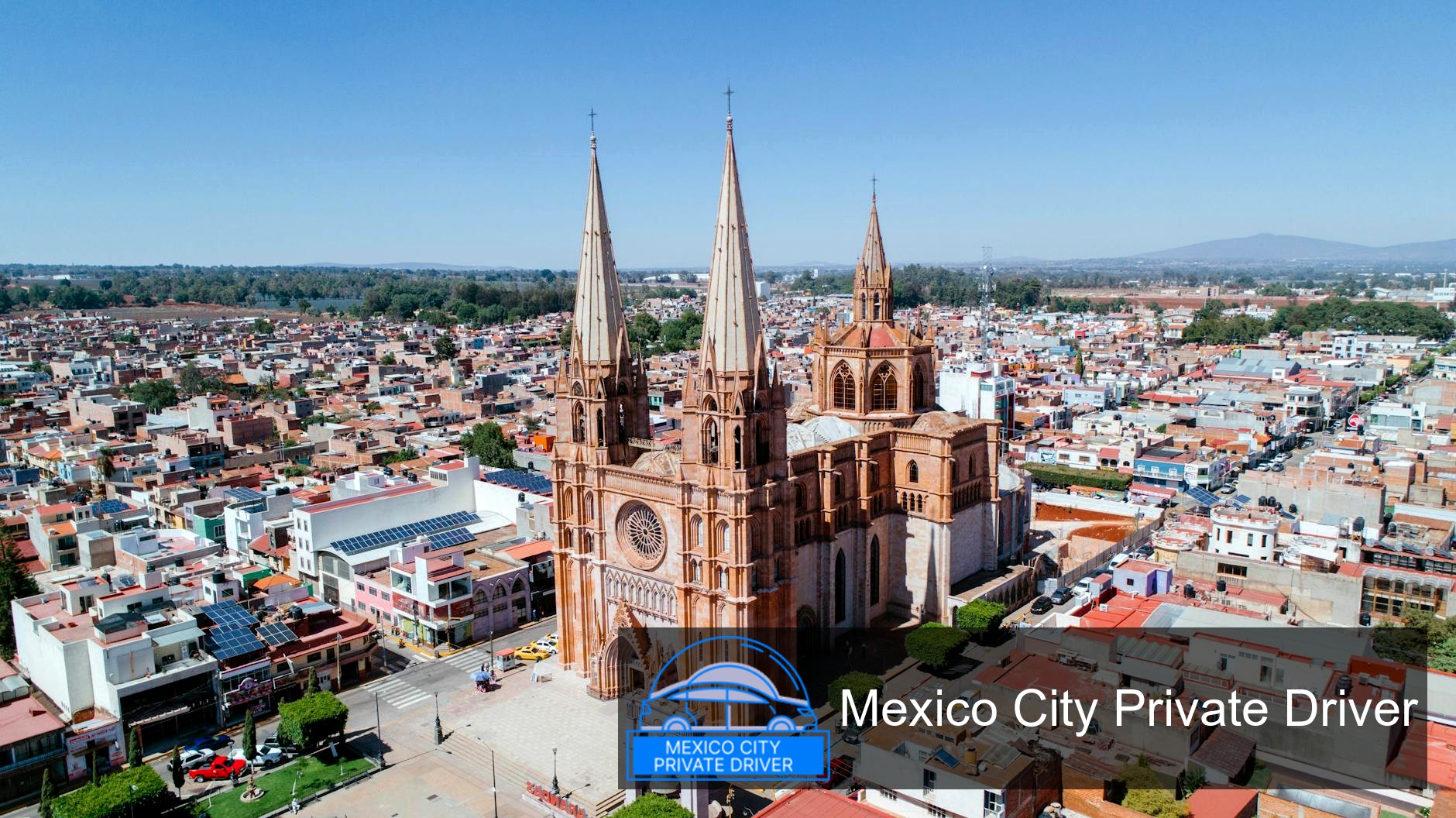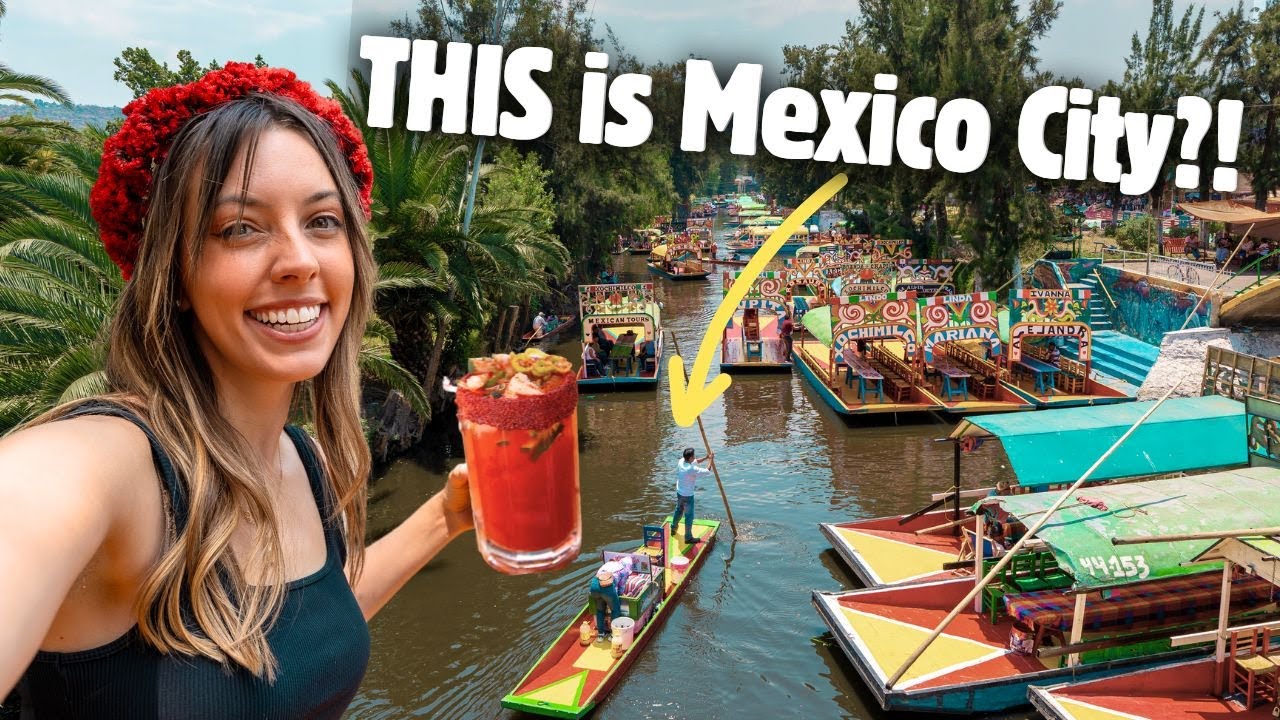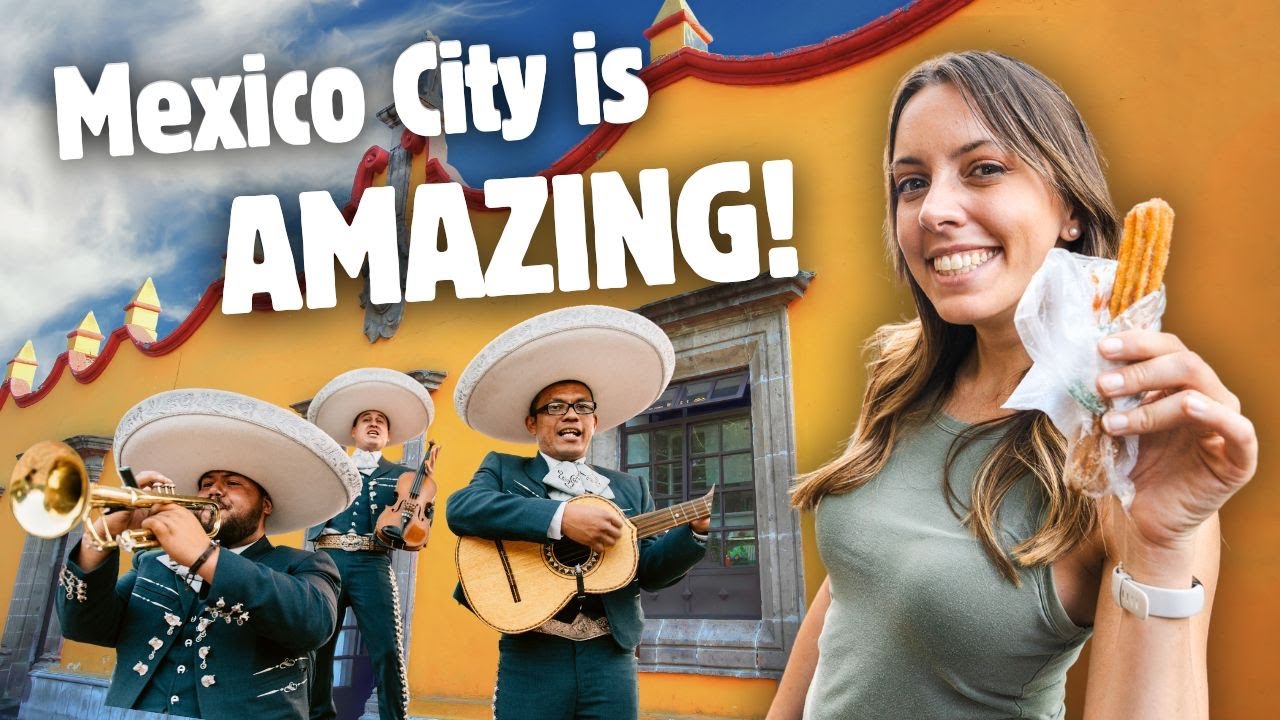TL;DR Roma Norte is Mexico City’s most walkable, art-forward neighborhood: tree-lined streets, Art Deco mansions, world-class restaurants, independent galleries and a lively nightlife scene. I’ve lived and returned frequently to Roma Norte; this guide gives the up-to-date 2025 insider playbook — why it’s special, what to do, where to eat and sleep, safety and transport tips, a compact 48‑hour itinerary, and answers to common questions (with sources from CDMX tourism materials, local guides and neighborhood write-ups).
Barrio Roma Norte Mexico City: The Complete Insider’s Guide for 2025
I fell for Roma Norte the first week I lived in Mexico City: a neighborhood that manages to feel both calm and vibrantly cosmopolitan. Over multiple visits and extended stays I learned its best streets, the lunchtime taco spots, and the quieter moments in the pocket parks that locals treasure. Below I distill that lived experience into a practical, trustworthy guide you can use for planning a short trip or a longer stay in 2025.
Why Roma Norte? A lived-in snapshot
Roma Norte sits in the Cuauhtémoc borough and evolved from early-20th-century development into one of CDMX’s cultural hubs. Its identity is shaped by art, gastronomy and architecture — you’ll see restored Art Deco and early modernist mansions next to contemporary galleries and boutique hotels (this mix is frequently noted in neighborhood profiles and the CDMX tourism map).
What I love: quiet tree-lined mornings, courtyard cafés, and the feeling that you can discover something new every block — a pop-up market, a gallery opening, or a tiny, perfect taquería. The neighborhood’s walkability and central location make it a great base for exploring wider Mexico City (tourism maps and local guides underline Roma’s proximity to Condesa and Chapultepec).
Character & atmosphere
- Architecture: A strong Art Deco and early-modern presence, with many historic mansions converted to hotels and cultural spaces (local travel write-ups and Roma histories document this transformation).
- Culture: Galleries, bookshops and creative studios keep a steady program of exhibitions and events — you can drop into an art opening on a weeknight.
- Food & drink: From street tacos to high-end tasting menus; a deep café scene; speakeasies and craft cocktail bars after dark.
- Demographics: A mix of long-time residents, creatives, expats and young professionals — it’s bohemian without being a tourist caricature.
What to see & do (my must-dos)
Morning: parks & architecture
Start your day with a coffee and a walk. Roma’s smaller green spaces and leafy avenues are perfect for a slow morning. Keep an eye out for restored façades and decorative details as you stroll.
Midday: food-focused discoveries
- Taco crawl: local taquerías are a core experience; ask a barista or shopkeeper for their favorite nearby taquería — locals love to share recommendations.
- Courtroom cafés and courtyard restaurants: many historic buildings open into shaded patios that are ideal for longer lunches (several neighborhood guides highlight these as signature experiences).
Afternoon: galleries & boutique shopping
Roma Norte’s contemporary art scene is compact and walkable. Pop into a gallery for an hour, then browse vintage stores and artisanal boutiques. Guides and gallery listings often point to neighborhood staples like OMR and MAIA as reliable spots for contemporary shows.
Evening: cocktails & late-night food
After sunset the neighborhood pulses with bars and small plates. Speakeasies and creative cocktail lists are a staple; follow locals for the best late-night taco stands.
Where to eat & drink — my tried-and-true picks
I avoid an exhaustive list here and instead recommend categories and how to find the best in each.
- Street tacos: Go where locals line up at night — authenticity and flavor over hype.
- Mid-range bistros and courtyard restaurants: Perfect for relaxed lunch and people-watching.
- Fine dining: Roma has several chef-driven restaurants that appear on local “best of” lists; book ahead.
- Cafés: Look for specialty coffee shops on quieter side streets — they’re excellent for remote work or journaling.
- Bars: If you like craft cocktails or speakeasies, ask hotel concierges or baristas for current favorites — these spots rotate seasonally.
Sources I used while curating my recommendations frequently point to the same pattern: a mix of street food and high-end dining defines Roma’s culinary identity (see multiple neighborhood guides and restaurant roundups).
Where to stay — quick comparison
| Type | Typical nightly rate (USD) | Best for | Pros / Cons |
|---|---|---|---|
| Boutique hotel (mansion conversions) | $120–$300 | Design-minded travelers | Charming architecture & courtyards; limited parking |
| Modern boutique (small chains) | $90–$180 | Comfort & centrality | Consistent amenities; fewer historic quirks |
| Mid-range hotels | $60–$120 | Budget-conscious couples/families | Good value; less character |
| Hostels / Private rooms (Airbnb) | $20–$80 | Backpackers & longer stays | Low cost; variable quality — check recent reviews |
| Luxury hotels / Suites | $250+ | Luxury travelers | High comfort & service; premium pricing |
My recommendation: if it’s your first time in CDMX, pick a boutique or modern boutique in Roma Norte for the neighborhood experience and easy access to the rest of central Mexico City (local hotel write-ups note converted mansions as signature lodging options).
Practical Guide
Below are concrete steps I use whenever I arrive, move around and plan time in Roma Norte.
Arrival — airport to Roma Norte
- Pre-book an official taxi or use a ride-share app (Uber, DiDi) from the airport. I prefer app rides for traceable routes and fixed pricing.
- Estimate travel time from Mexico City International Airport (AICM) to Roma Norte at 25–45 minutes depending on traffic. Allow extra time during rush hours.
- If you prefer public transit, check current metro and bus routes the night before — these can change and I can’t guarantee exact stations; consult the CDMX transport map or your hotel for the latest options.
Getting around the neighborhood
- Walk: Roma Norte is compact and best explored on foot. I plan days as walking loops.
- Ride-share & taxis: Use apps; they’re inexpensive and reliable for late-night returns.
- Biking & scooters: Dockless options operate in CDMX — use them for short hops, but avoid heavy traffic corridors.
Money, communications & timing
- Cash: Carry small bills and coins for street food and smaller vendors.
- Cards: Credit cards are widely accepted in restaurants and hotels, but check beforehand.
- Phone & roaming: Local SIMs are affordable; I usually get a local eSIM or SIM for data-heavy days.
- Best time to visit: Spring and fall for mild weather; weekends are lively but busier.
Sample 48-hour Roma Norte itinerary (concrete steps)
- Day 1 morning: Coffee near your hotel, walk a two- to three-block loop to see architecture and a small park.
- Day 1 midday: Lunch at a courtyard restaurant. Afterward, visit one or two nearby galleries (check current exhibitions online).
- Day 1 evening: Dinner at a chef-driven spot; follow with a short bar crawl or a speakeasy (book in advance if popular).
- Day 2 morning: Market or weekend bazaar (if open) for artisan goods; otherwise visit a specialty bookstore.
- Day 2 midday: Taco crawl — pick two contrasting spots (a sit-down taquería and a street stand).
- Day 2 afternoon: Slow walk toward Condesa or Chapultepec for a park visit; return for a relaxed dinner or a late-night taco run.
Safety tips (practical)
- Stay aware of your surroundings, especially late at night. Roma is generally safe but exercise normal urban caution.
- Avoid flashing expensive items in quiet streets; keep small valuables secured.
- Use ride-share apps for late returns rather than hailing random cabs.
- Ask hotel staff or hosts for current neighborhood safety notes — they’ll have the latest, localized advice.
Costs & budgeting
Expect a wide range: street food and markets are extremely budget-friendly; mid-range dining and boutique hotels increase the nightly budget. My typical three-day Roma budget (comfortable, not luxury): $200–$450 per person including a mid-range hotel, several sit-down meals and transit.
Local events & timing — what to know for 2025
Roma hosts rotating art shows, gallery openings and weekend markets. I check gallery newsletters and hotel concierges for current event calendars; local blogs and the CDMX tourism map give seasonal highlights. If you’re planning around an exhibition or festival, book restaurants and hotels early — events draw both locals and visitors.
Neighborhood boundaries & orientation
Roma is usually described as two halves — Roma Norte and Roma Sur — with Roma Norte the more central, gallery/boutique-heavy area. Official maps and tourism guides place Roma Norte adjacent to Condesa and Chapultepec, making it a smart central base for exploring nearby neighborhoods (the CDMX tourism PDF map and local neighborhood guides confirm these relationships).
FAQs
Is Roma Norte safe for solo travelers, including at night?
Yes, generally. Roma Norte is one of the safer, more frequented neighborhoods in central CDMX. That said, standard urban safety rules apply: avoid poorly lit side streets late at night, use ride-share apps for late returns, and keep valuables discreet. For current micro-level safety concerns, ask your accommodation host or local staff.
What’s the best way to get from the airport to Roma Norte?
I recommend booking an official airport taxi or using a ride-share app (Uber, DiDi) for convenience and transparent pricing. Public transit is possible but routes and transfers change; check current maps before you travel.
Are there good options for vegetarian or vegan food in Roma Norte?
Yes. The neighborhood’s café and restaurant scene is diverse and many places offer vegetarian and vegan options. Ask staff for recommendations or look for menus online — food guides and recent neighborhood articles frequently highlight plant-based choices in Roma.
Can I stay in Roma Norte on a tight budget?
Absolutely. Hostels, shared rooms and budget Airbnbs exist in Roma Norte and nearby blocks. Expect trade-offs in space or historic charm, but you’ll be centrally located and within walking distance of low-cost eats like taquerías and street vendors.
How many days should I spend in Roma Norte?
For first-time visitors, 48–72 hours is ideal to soak up the neighborhood: mornings for walking and architecture, afternoons for galleries and boutiques, and evenings for dining and drinking. Add more days if you want to use Roma as a base to explore other parts of Mexico City.
Does Roma Norte have family-friendly activities?
Yes. Parks, casual restaurants, and daytime markets are family-friendly. Some galleries welcome children (check specific exhibitions). If you’re traveling with kids, pick accommodations with family rooms or apartments.
Are reservations necessary for restaurants and bars?
For popular or high-end restaurants and some speakeasy-style bars, yes — especially on weekends. For casual cafés and taco stands, walk-ins are usually fine.
Final tips from my experience
- Move slowly: the best discoveries come from wandering a block or two off the main avenues.
- Ask locals: shop owners, baristas and hotel staff give the most current recommendations (insider tips change faster than printed guides).
- Check events: galleries and pop-up markets rotate frequently — look at local listings for the week you arrive.
- Plan evenings: many of Roma’s best food and bar scenes peak at night, so make reservations if you have specific spots in mind.
Roma Norte is one of Mexico City’s most rewarding neighborhoods for repeat visits: its mix of history, culture and food keeps evolving, yet it retains a distinct, walkable charm. If you want, tell me your travel dates and budget and I’ll sketch a tailored 48-hour plan with current restaurant and gallery recommendations — I’ll verify opening hours and bookability for 2025 where possible.
Sources informing this guide include the CDMX tourism neighborhood map, multiple recent neighborhood guides and local hotel and gallery write-ups that document Roma Norte’s architecture, food scene and cultural life. Where precise transit station names or temporary events may have changed since my last visit, I recommend checking live maps and venue websites — and I’ll happily look those up for you if you provide your travel window.
Martin Weidemann is a digital transformation expert and entrepreneur with over 20 years of experience leading fintech and innovation projects. As a LinkedIn Top Voice in Digital Transformation and contributor to outlets like Forbes, he now brings that same expertise to travel and mobility in Mexico City through Mexico-City-Private-Driver.com. His focus: trustworthy service, local insights, and peace of mind for travelers.



